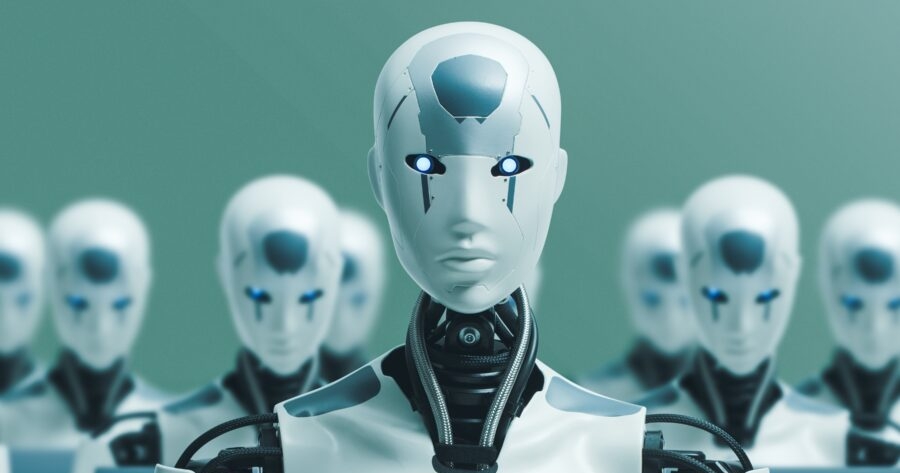
China's Ambitious Leap Towards Mass Humanoid Robot Production
China is setting its sights on a significant technological milestone, aiming for the widespread adoption of humanoid robots by 2025. This ambitious goal signals a strategic pivot towards advanced robotics, with the potential to reshape various industries and daily life. The nation's focus is not just on development but on achieving a critical mass of production, indicating a desire for these advanced machines to become an integral part of its economic and social fabric.
Driving Forces Behind the Push
Several key factors are propelling China's aggressive pursuit of mass humanoid robot production. A primary driver is the nation's aging population and declining birthrate, which create a growing labor shortage across sectors. Humanoid robots are seen as a viable solution to fill these gaps, particularly in manufacturing, elder care, and service industries. Furthermore, a national strategy to become a global leader in artificial intelligence and robotics underpins this initiative, aiming to foster innovation and secure a competitive edge in the emerging robotics market. Investment in research and development, coupled with government support and incentives, is also crucial in accelerating this transition.
Key Areas of Focus and Development
To achieve its 2025 targets, China is concentrating on several critical areas within humanoid robot technology. This includes advancements in artificial intelligence, particularly in areas like perception, cognition, and sophisticated motor control, enabling robots to understand and interact with complex environments. Significant investment is also being directed towards enhancing dexterity and mobility, allowing robots to perform delicate tasks and navigate diverse terrains. The development of intuitive human-robot interaction interfaces is another priority, ensuring that these machines can work seamlessly alongside humans in collaborative settings. Finally, efforts are underway to reduce production costs and improve scalability, essential for achieving mass adoption across a wide range of applications.
Potential Impact and Future Outlook
The successful realization of China's mass humanoid robot rollout by 2025 could have profound implications. Industries such as manufacturing and logistics are poised for significant automation, leading to increased efficiency and productivity. The healthcare and elder care sectors could see a revolution with robots assisting in patient care and support. While challenges remain in areas like safety, ethical considerations, and public acceptance, the long-term outlook suggests a future where humanoid robots play an increasingly prominent role. This initiative positions China at the forefront of a global robotics revolution, potentially setting a precedent for other nations to follow.
In summary, China's bold objective to achieve mass humanoid robot production by 2025 is a multifaceted endeavor driven by demographic shifts and a strategic vision for technological dominance. The focus on AI, dexterity, intuitive interaction, and cost reduction are key pillars supporting this ambitious goal. The successful implementation of this plan could herald a new era of automation and human-robot collaboration across numerous facets of Chinese society and the global economy.